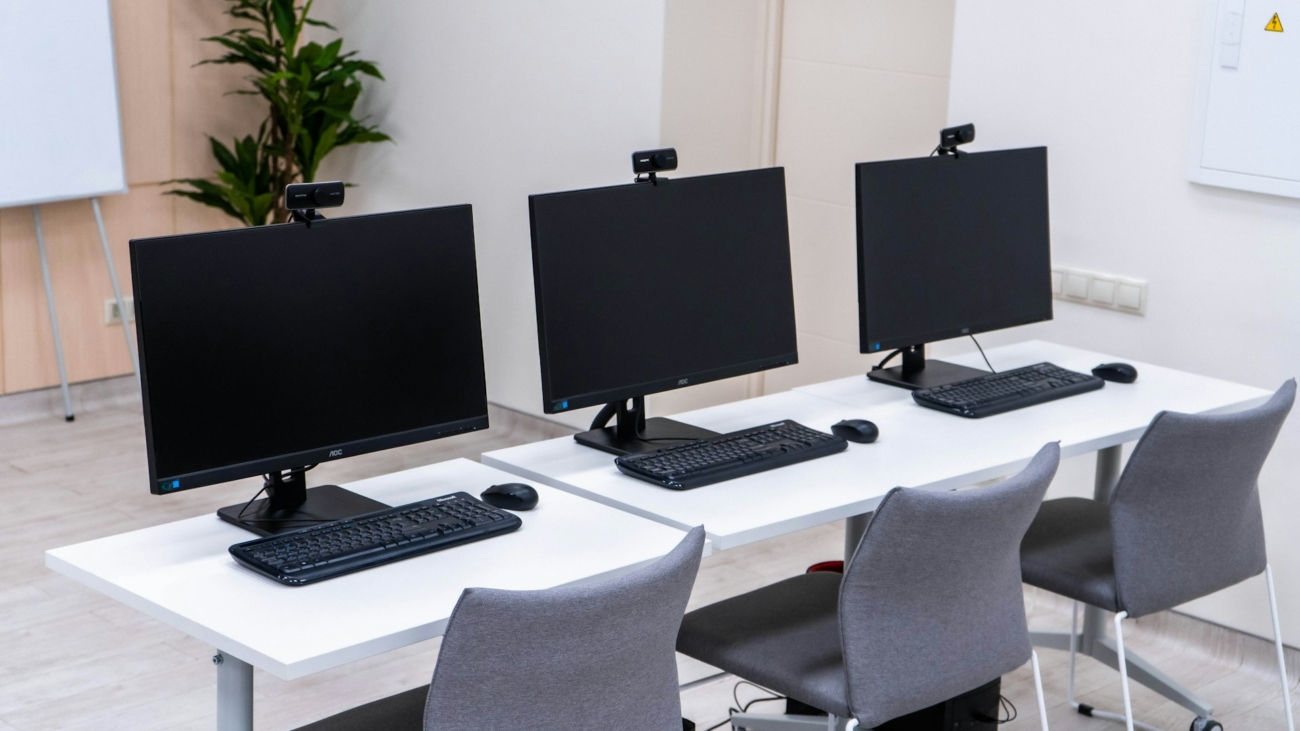The rapid advancements in artificial intelligence (AI) and robotics are reshaping industries and creating new opportunities worldwide. For India to remain competitive in this tech-driven future, it is essential to integrate AI and robotics education into the school curriculum. However, achieving this goal requires significant upgrades to the current educational infrastructure. Schools across the country face numerous financial and logistical challenges in adopting the necessary technology to support these advanced programs. Addressing these hurdles is crucial to providing students with the skills they need to thrive in the 21st century.
Navigating the financial and logistical barriers to upgrading school tech infrastructure is a multifaceted challenge. Schools must secure funding for high-speed internet, modern hardware, and specialized software, while also ensuring teachers are trained to effectively deliver AI and robotics education. Furthermore, maintaining and updating this technology poses ongoing logistical difficulties. This article explores potential funding sources, including government programs, private partnerships, and international aid, and offers strategic solutions to overcome the logistical issues. By addressing these challenges head-on, schools can create a sustainable path towards integrating AI and robotics into their classrooms, equipping students with the knowledge and skills needed for future success.
Understanding the Financial Hurdles in Upgrading School Technology
Upgrading school infrastructure to support AI and robotics programs presents significant financial challenges. Schools must invest in high-speed internet, modern hardware, and specialized software. For many institutions, especially in rural areas, these costs can be prohibitive. However, several funding sources can help mitigate these expenses. Government programs and grants, such as those offered through the Digital India initiative, provide financial assistance aimed at bridging the digital divide. These programs offer grants and subsidies that can significantly reduce the financial burden on educational institutions.
Additionally, private partnerships play a crucial role in providing schools with the necessary resources. Collaborations with tech companies often result in discounted rates on equipment or the sponsorship of entire programs as part of Corporate Social Responsibility (CSR) initiatives. International aid and NGOs also focus on improving education through technology, offering grants, equipment, and expertise to help schools implement AI and robotics programs. By tapping into these diverse funding sources, schools can alleviate the financial burden of upgrading their technological infrastructure, making advanced tech education more accessible to students across India.
Addressing Logistical Issues in Implementing AI and Robotics
Beyond financial constraints, logistical challenges also pose significant barriers to the effective integration of AI and robotics in schools. One of the primary hurdles is teacher training and professional development. Equipping teachers with the necessary skills to teach AI and robotics is crucial for the success of these programs. Regular professional development sessions, workshops, and certifications are essential to ensure educators are well-prepared to handle advanced tech curricula. Without proper training, even the most well-equipped schools may struggle to deliver effective AI and robotics education.
Another significant challenge is the maintenance and upkeep of high-tech equipment. Schools must establish protocols for the regular maintenance and updating of their tech equipment, which includes setting up IT support teams or partnerships with tech service providers to ensure the smooth functioning of hardware and software. Additionally, integrating AI and robotics into the existing curriculum requires thoughtful planning and continuous updates to keep pace with technological advancements. Schools need to develop flexible curricula that can evolve with new developments in AI and robotics. Addressing these logistical issues is essential for the sustainable and effective implementation of AI and robotics education in schools, ensuring that students receive a high-quality education that prepares them for the future.
Strategies for Sustainable Tech Upgrades in Schools
To ensure the long-term success of technology upgrades in schools, a strategic approach is necessary. One effective strategy is phased implementation, where schools start with pilot programs in select classes or departments before scaling up. This method allows for the identification and resolution of potential issues on a smaller scale, ensuring that the broader rollout is smooth and efficient. Another key strategy is community involvement and support. Engaging the local community, including parents and local businesses, can garner additional resources and support. Community-driven initiatives, such as local fundraising and volunteer efforts, can significantly contribute to sustaining technology programs and ensuring their success.
Leveraging open-source and affordable technologies is another vital strategy. Utilizing open-source software and cost-effective hardware options can help reduce expenses. Schools can also explore partnerships with educational tech startups that offer innovative and budget-friendly solutions. By implementing these strategies, schools can navigate the financial and logistical challenges of upgrading their technology infrastructure. This approach not only makes the integration of AI and robotics feasible but also paves the way for a future-ready education system that prepares students for the technological advancements of the future.
Paving the Way for Future-Ready Classrooms
Upgrading school infrastructure to support AI and robotics is a complex yet essential step toward modernizing education in India. By understanding and addressing the financial and logistical challenges involved, and by adopting sustainable strategies such as phased implementation, community involvement, and leveraging affordable technologies, schools can ensure their students are well-prepared for the future. Through careful planning, resource management, and active community engagement, the integration of AI and robotics into Indian classrooms can become a reality, equipping students with the skills needed to thrive in a tech-driven world.


Leave A Comment